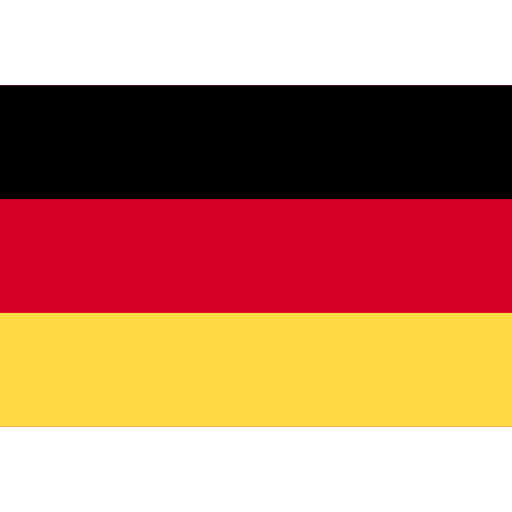Carl Lohse
(Hamburg 1895 - 1965 Bischofswerda)
Scarred by the horrors of World War I with personal losses, but also new hope, Carl Lohse, a native of Hamburg, began working on an outstanding expressive work in 1919. At the invitation of the fittings manufacturer Karl Hebenstreit, he came to Bischofswerda for the first time in 1919 and found the best working conditions and financial support. Expressive portraits with unusually intense color contrasts, but also landscapes and cityscapes are created until 1921. His early work is today considered one of the most important expressionist creations after World War I in Germany.
Since at first the great sales successes failed to materialize, Lohse returned briefly to his former home in Hamburg, but in 1929 he moved permanently to Bischofswerda to the house of his father-in-law, who ran a colonial wholesale business and in which he also worked.
In his second creative period until 1939, the use of color was reduced and his paintings took on a more realistic character. Finally, his late work is characterized by important portraits and landscapes. He died in Bischofswerda in 1965.

.jpg)
.jpg)
.jpg)
.jpg)
.jpg)
.jpg)